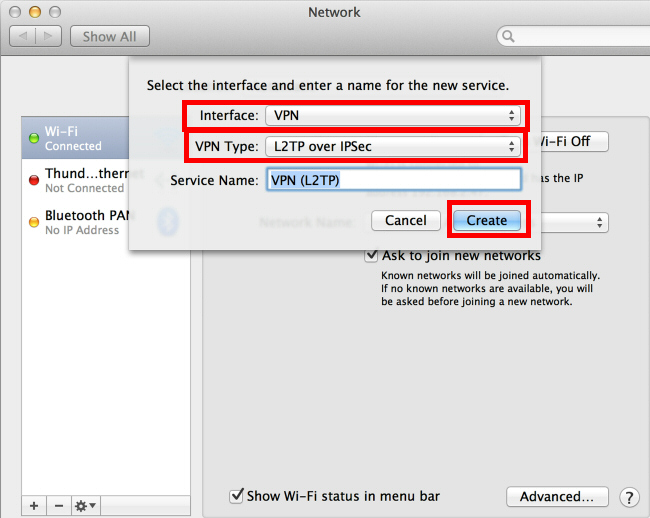
This VPN configuration allows Mac users to securely access an internal network as well as browse the Internet through the VPN tunnel. In this recipe, you will learn how to create an IPsec VPN on a FortiGate, and connect to it using the default client built into the Mac OS.

Please only stay connected via VPN to access Physics only services then disconect to resume normal browsing and video conferencing. The same applies to running video conferencing, (eg Zoom, Teams, Skype), performance will be better without VPN. This makes sense to access journals that only Physics have a subscription for but not generic video streaming sites such as YouTube.


While connected to the VPN certain obvious external video streaming sites are blocked as there is no logical reason to use the VPN to connect to these sites and it would reduce performance for others using the VPN.īasically the traffic would pass from the internet into Physics and then back out again to the user at home rather than directly to them. The terms and conditions specified in the Department of Physics Rules for Computer Use apply. All data passed via a VPN is encrypted.Īll devices connecting to the Physics network this way MUST be running a supported OS and have all application and operating system updates applied, running a Firewall, running Antivirus Software - with uptodate virus definitions and running Spyware detection.

Once connected via a VPN, a remote system appears to be connected locally to our network thereby getting all the facilities available to local users and avoiding blocks placed in intervening firewalls. A Virtual Private Network (VPN) is a way of extending our internal network out to systems connected on the internet.


 0 kommentar(er)
0 kommentar(er)
